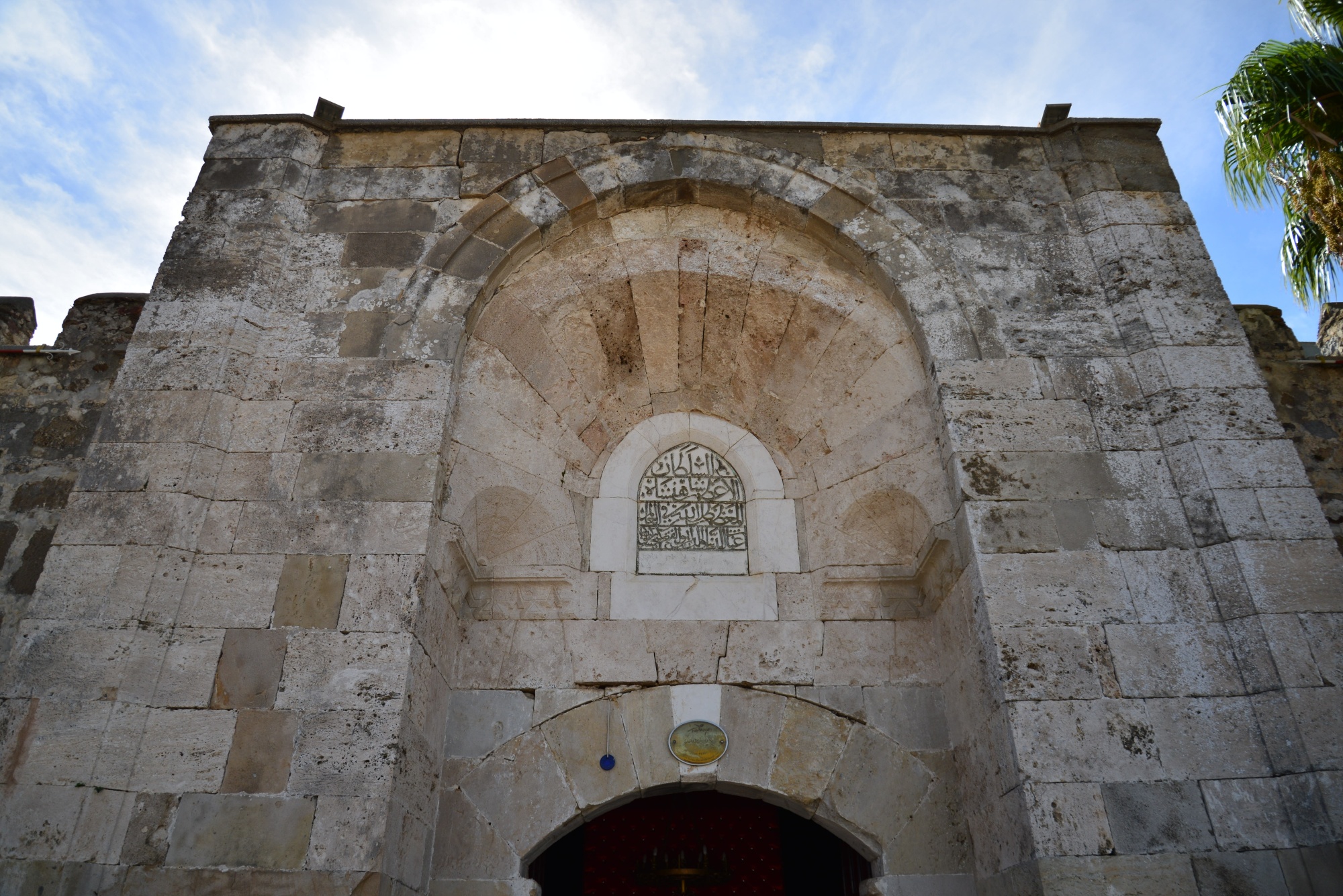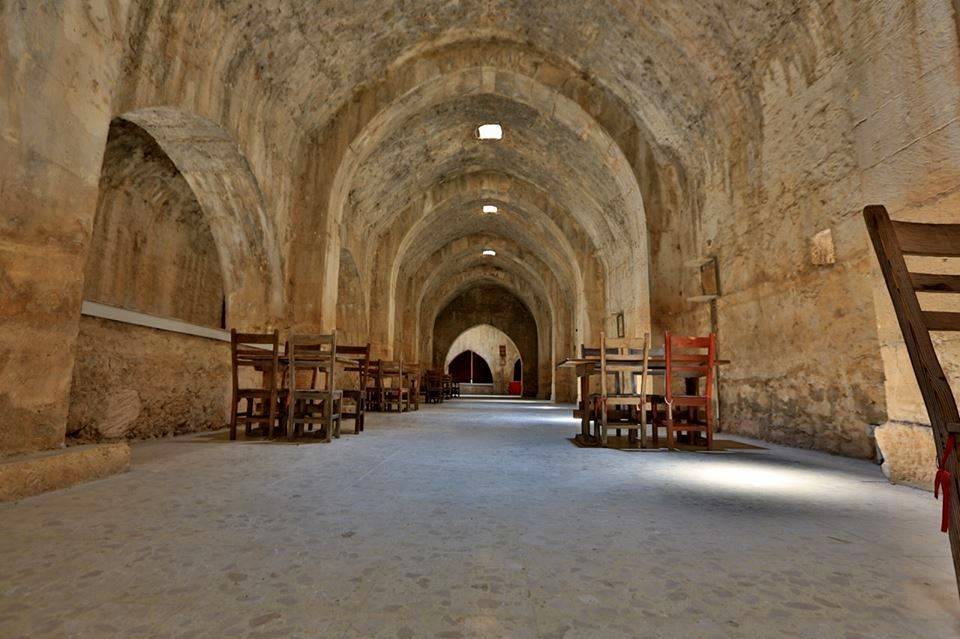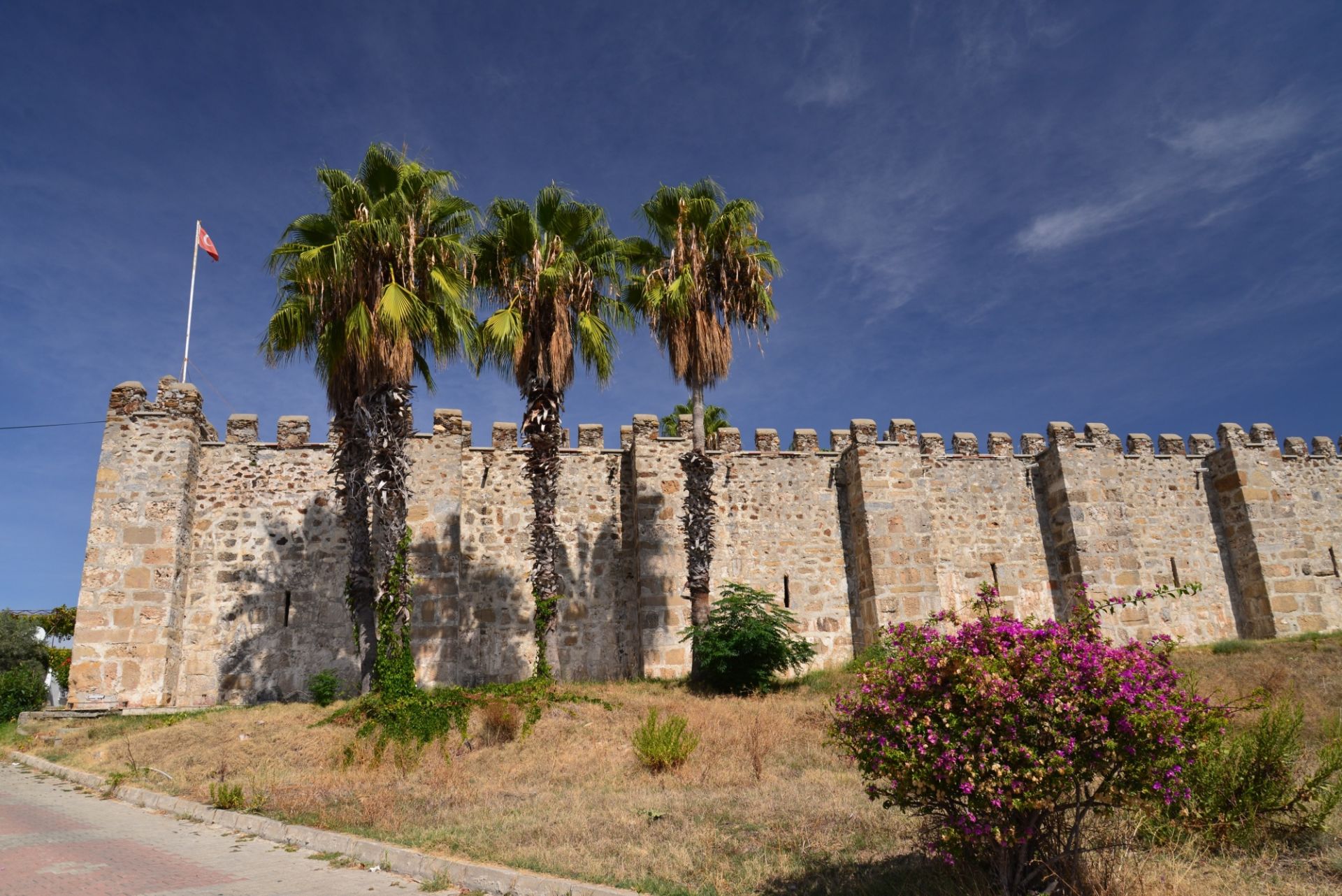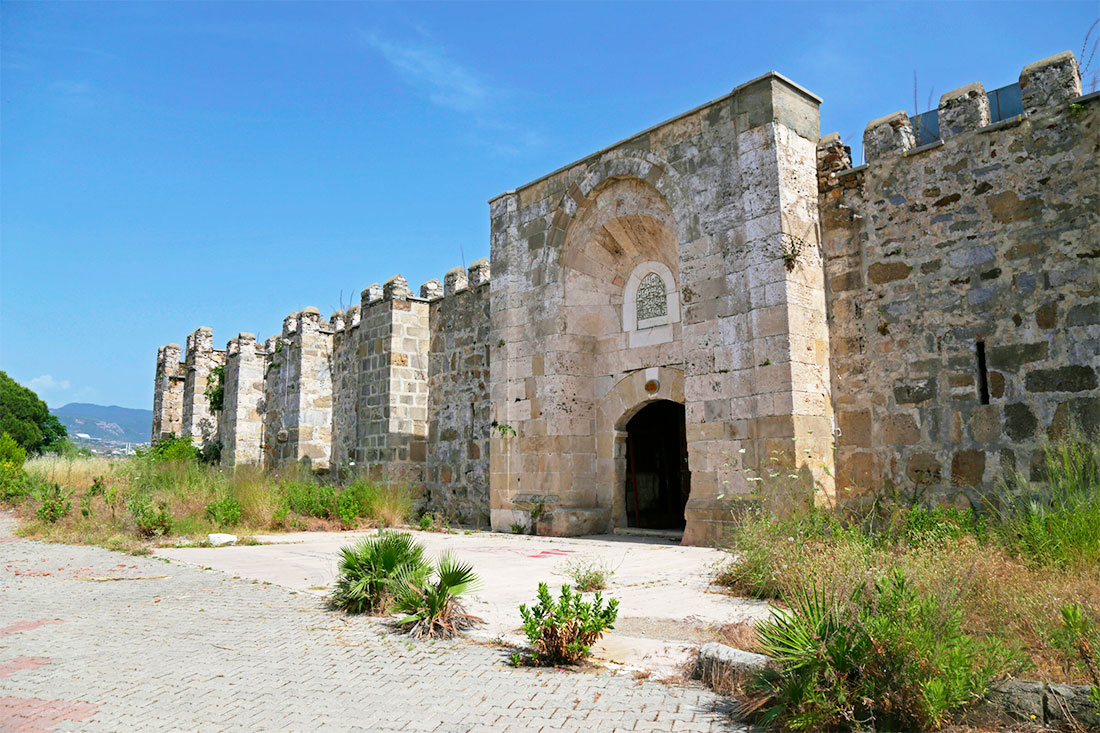- No Landscape
- Wheelchair Accessible
- Food and Beverage
- WC
- Free Entrance
Castle-looking Caravanserai here in Alanya
Standing majestically just 15 kilometers west of Alanya along the historic Silk Road route, Şarapsa Han represents one of Turkey's most remarkable 13th-century Seljuk architectural achievements. Built between 1237-1246 CE during the reign of Sultan Giyaseddin Keyhüsrev II, this impressive caravanserai served as a crucial staging post connecting Alanya with the Seljuk capital of Konya and the broader network of medieval trade routes that shaped the ancient world.
Located alongside the Serapsu River near modern Konaklı, this fortress-like structure offers visitors a unique glimpse into medieval hospitality and architectural sophistication that made the Seljuk Empire famous throughout the Mediterranean region. The han's strategic position on a small bluff provides commanding views of both the ancient caravan route and the sparkling Mediterranean coastline, demonstrating the careful planning that went into creating these essential travel infrastructure projects.
Şarapsa Han stands as the first and closest caravanserai to the sea along the historic route that connected the Mediterranean coast with Central Anatolia, making it an essential stop for merchants, pilgrims, and travelers navigating between Europe, Asia, and the Middle East during the height of medieval trade.
From Sultan's Wine Steward to Architectural Marvel
The Mysterious Origins and Royal Patronage
The fascinating history of Şarapsa Han begins with one of medieval history's most intriguing figures, Emir Esededdin Ayaz, who served as the Sultan's wine steward (Şarabsalar) in the Seljuk court. According to historical sources, the han's unusual name derives from "Şarapsas," referring to the keepers of the Sultan's wine cellars, suggesting this important project was commissioned by or dedicated to this influential court official.
Legend and historical records indicate that Emir Esededdin Ayaz was dismissed from his position in 1238 and executed due to his alleged involvement in a plot against the Seljuk dynasty. This dramatic turn of events may explain why the final line of the han's inscription appears to have been deliberately chiseled away, possibly to remove any reference to the disgraced patron's name.
Sultan Giyaseddin Keyhüsrev II's Building Campaign
Despite the controversy surrounding its patron, Şarapsa Han represents the third in a series of important architectural projects commissioned by Sultan Giyaseddin Keyhüsrev II, following the Eğridir Han (1237) and İncir Han (1238). This building campaign demonstrates the sultan's commitment to developing infrastructure that would support the expanding trade networks that brought prosperity to the Seljuk Empire.
The royal inscription on the han's magnificent portal reads: "The Exalted Sultan, Great Shah of Shahs, Shadow of God on Earth, Helper of Religion and World, Father of Conquest, Keyhüsrev son of Keykubad," emphasizing the imperial nature of this architectural achievement.
Fortress-Like Design and Defensive Features
Şarapsa Han's most striking characteristic is its castle-like appearance, achieved through massive stone walls reinforced with buttresses and crowned with distinctive crenellations. The rectangular structure measures 71 meters in length and 11.5 meters in width, creating an imposing presence that served both practical and psychological purposes for medieval travelers.
The han's defensive architecture reflects the sometimes dangerous nature of medieval travel, where caravanserais needed to provide protection from bandits and hostile forces while offering comfortable accommodation for merchants and their valuable cargo.
Interior Design and Functional Spaces
The interior of Şarapsa Han features a single long hall covered by a pointed barrel vault supported by precisely cut stone arches, creating an impressive space that could accommodate large numbers of travelers, animals, and trade goods. Unlike many caravanserais, Şarapsa Han lacks a central courtyard, with all activities concentrated within this magnificent covered space.
The eastern section of the han houses a small mosque (mescit) with its own entrance, featuring a pointed barrel vault running north-south and illuminated by arrow-slit windows. The mosque's mihrab niche faces south toward Mecca, providing spiritual accommodation for Muslim travelers along the route.
The Silk Road Legacy and Commercial Importance
Strategic Location on Ancient Trade Routes
Şarapsa Han's position along the Mediterranean coastal route made it an essential component of the trade network connecting Egypt's Alexandria to Antalya, and from there to Sinop on the Black Sea coast, facilitating commercial relationships with Crimea and beyond. This strategic positioning enabled the Seljuk Empire to benefit from taxes and duties collected from international merchants.
The han served travelers moving between the winter capital of Alanya, where Seljuk sultans maintained their seasonal court, and the main capital of Konya in Central Anatolia. This dual-capital system required reliable infrastructure to maintain communication and administrative control across the empire.
Medieval Hospitality and Infrastructure
Historical accounts describe how Seljuk caravanserais like Şarapsa Han provided comprehensive services including accommodation, meals, security, and animal care for three days free of charge to all travelers, regardless of social status or nationality. This remarkable hospitality system supported international trade while demonstrating Islamic principles of charitable treatment for travelers.
The han's proximity to the Serapsu River ensured adequate water supply for both human travelers and their animals, while the Mediterranean location provided additional resources and alternative transportation options via coastal shipping routes.
Modern Restoration and Tourism Opportunities
Conservation Challenges and Cultural Heritage
Today, Şarapsa Han faces conservation challenges common to many medieval monuments, having served various purposes including use as a barn before recent restoration efforts. Modern restoration work has attempted to adapt the structure for contemporary use while preserving its historical character, though some original features have been modified or lost over time.
The Turkish Ministry of Culture and Tourism has designated Şarapsa Han as a protected cultural monument, recognizing its significance as one of the finest examples of Seljuk caravanserai architecture along the Mediterranean coast.
Visiting Şarapsa Han Today
Located directly alongside the modern Alanya-Antalya highway near Konaklı, Şarapsa Han remains easily accessible to contemporary visitors interested in exploring Turkey's medieval heritage. The site offers excellent opportunities for photography and historical education, providing tangible connections to the Silk Road era that shaped global commerce and cultural exchange.
The han's dramatic silhouette against the Mediterranean landscape creates particularly striking views that capture both the architectural achievement and the strategic vision of medieval Seljuk planners.
Ready to walk in the footsteps of medieval Silk Road merchants? Plan your Alanya historical journey and discover why Şarapsa Han represents one of the most impressive examples of Seljuk architecture and medieval hospitality that made Turkey a crucial crossroads between east and west for over 700 years.
There are no comments for this page yet.





